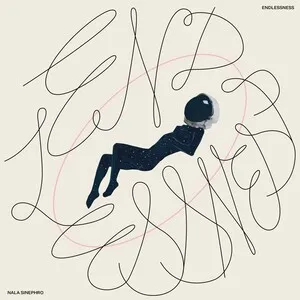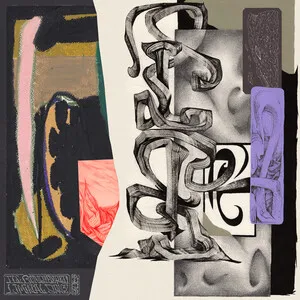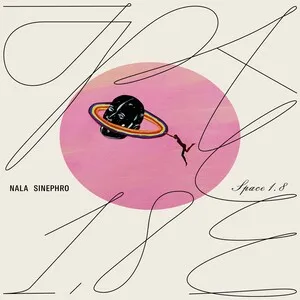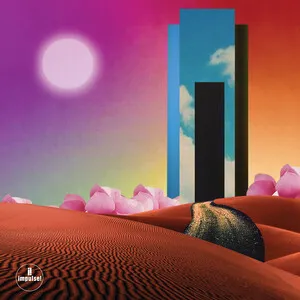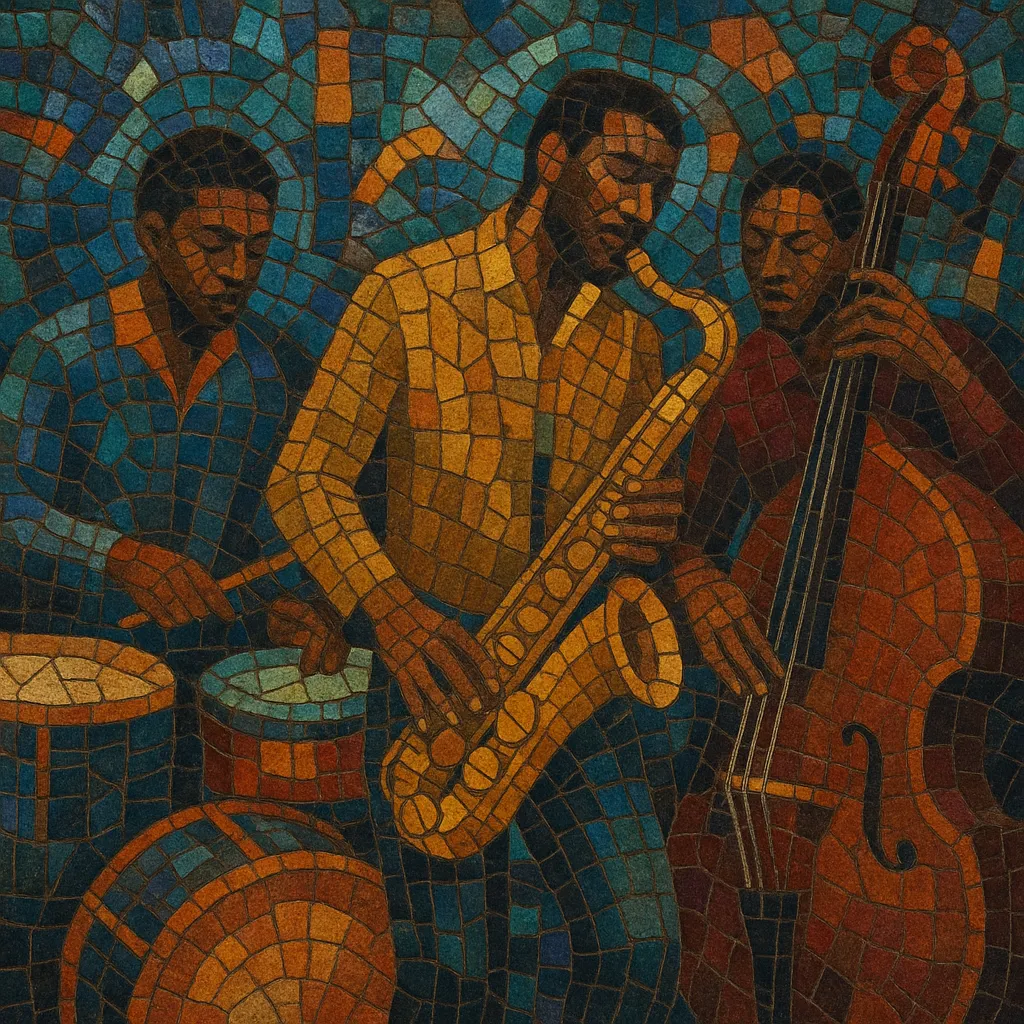
New London Jazz is a contemporary jazz movement centered in London that fuses classic jazz language with Afro-diasporic rhythms, UK club culture, and DIY community energy.
It is characterized by polyrhythmic drumming, strong bass foundations drawn from sound‑system culture, concise melodic hooks for horns, and open, riff‑based vamps that invite collective improvisation.
Aesthetically it sits between spiritual jazz, afrobeat/highlife grooves, broken beat and hip hop, often performed with the immediacy of a live dance set while retaining the harmonic curiosity of modern jazz.
Grassroots platforms such as Tomorrow’s Warriors, Jazz re:freshed, Steam Down, Church of Sound, and the Total Refreshment Centre incubated the scene, while labels and curators like Brownswood amplified it globally.
London has long been a crossroads for jazz and Afro‑diasporic music. Foundations for the later explosion were laid by educators and community hubs such as Tomorrow’s Warriors (founded by Gary Crosby and Janine Irons), which created inclusive pathways for young, often Black and brown musicians to access instrumental training, bandleading, and stage experience. Concurrently, UK club culture—broken beat in West London, drum & bass, UK garage, grime, and the city’s sound‑system tradition—shaped a rhythmic sensibility that prized syncopation, head‑nodding grooves, and bass‑forward mixes.
Through the 2010s, weekly residencies and pop‑up venues (Jazz re:freshed, Church of Sound, Steam Down, Total Refreshment Centre) fostered a DIY ecosystem where bands could workshop material for dancing audiences rather than sit‑down jazz clubs. Musicians moved fluidly between projects—sharing rhythm sections, writing collectively, and blending afrobeat, highlife, spiritual jazz, and hip hop. Independent radio (NTS, Worldwide FM) and session culture amplified the sound beyond London.
Compilation projects like Brownswood’s “We Out Here” (2018) crystallized the scene’s identity internationally. Breakthrough albums and Mercury‑ or MOBO‑recognized acts (Ezra Collective, Moses Boyd, Nubya Garcia, Shabaka Hutchings’ projects, KOKOROKO, Kamaal Williams, Alfa Mist, Yussef Dayes) drew press and festival stages worldwide. The live show—danceable, communal, improvisatory—became the calling card, bridging jazz with club audiences.
By the 2020s, New London Jazz matured into a flexible network touching jazz rap, neo‑soul, and left‑field electronic music while retaining ensemble interplay and groove‑led writing. Collaborations with artists across the UK hip hop and R&B spectrum expanded its reach, and the scene’s pedagogy—mentorship, jam sessions, community residencies—continued producing new bandleaders and cross‑genre experiments.

